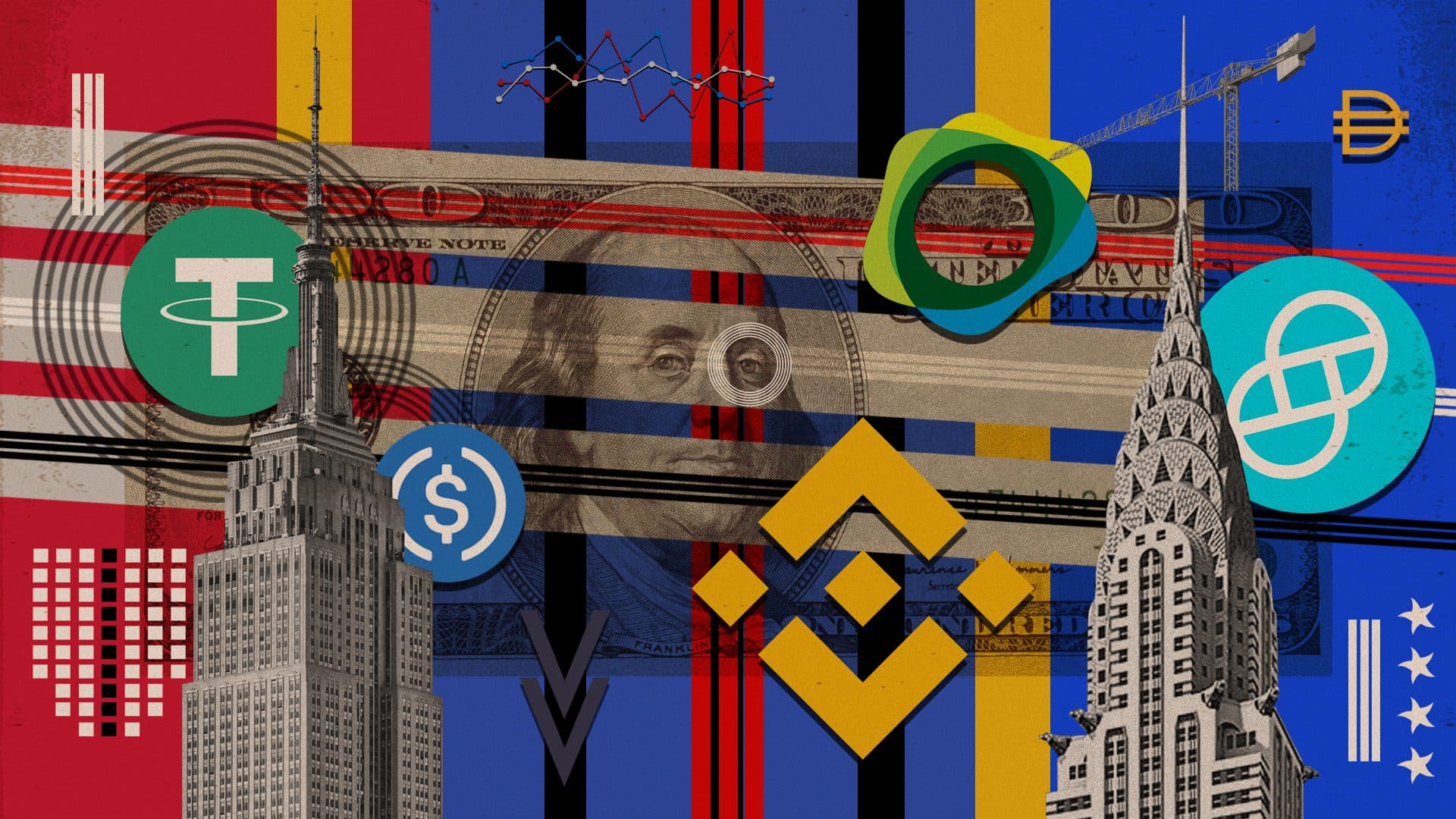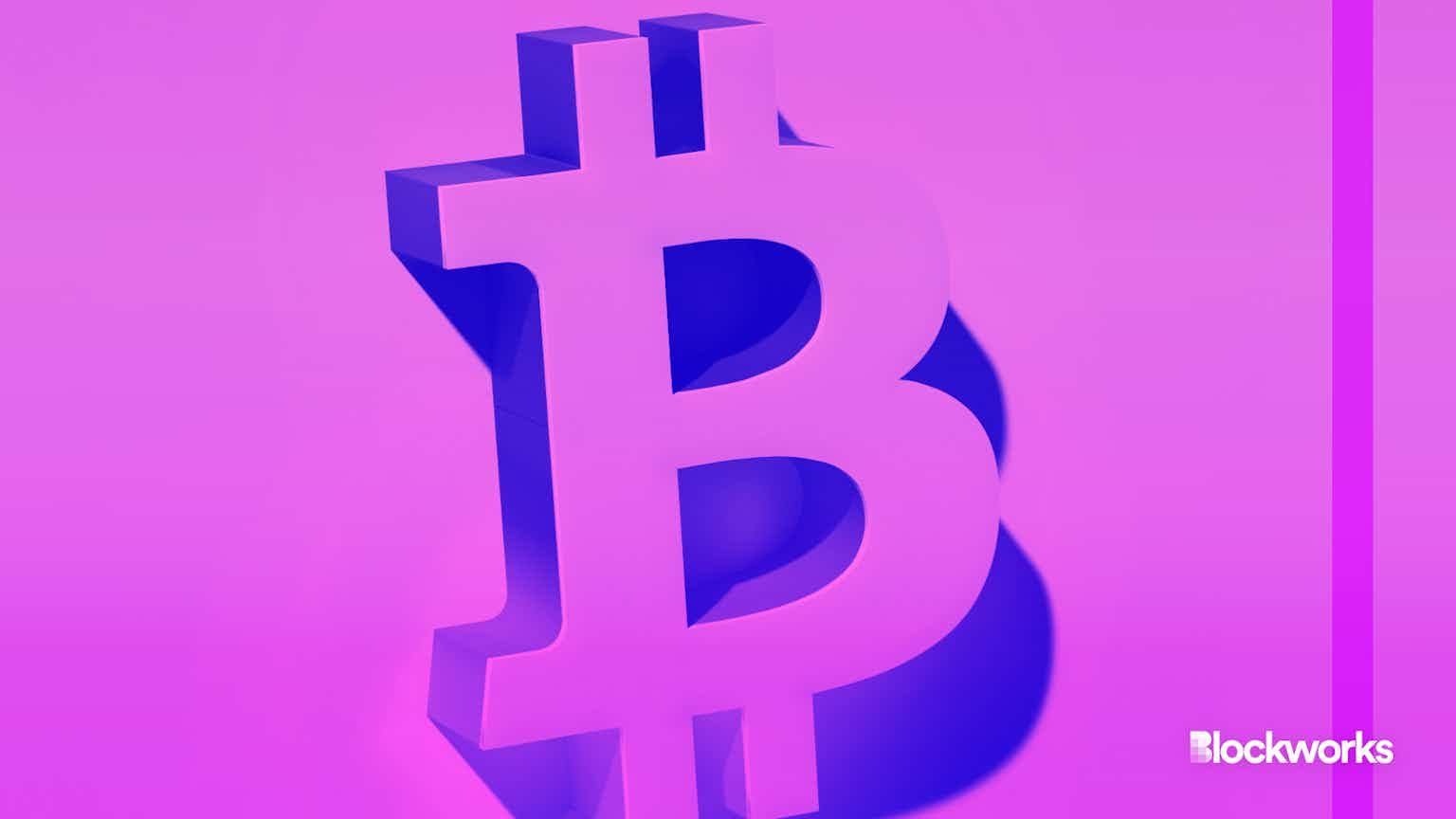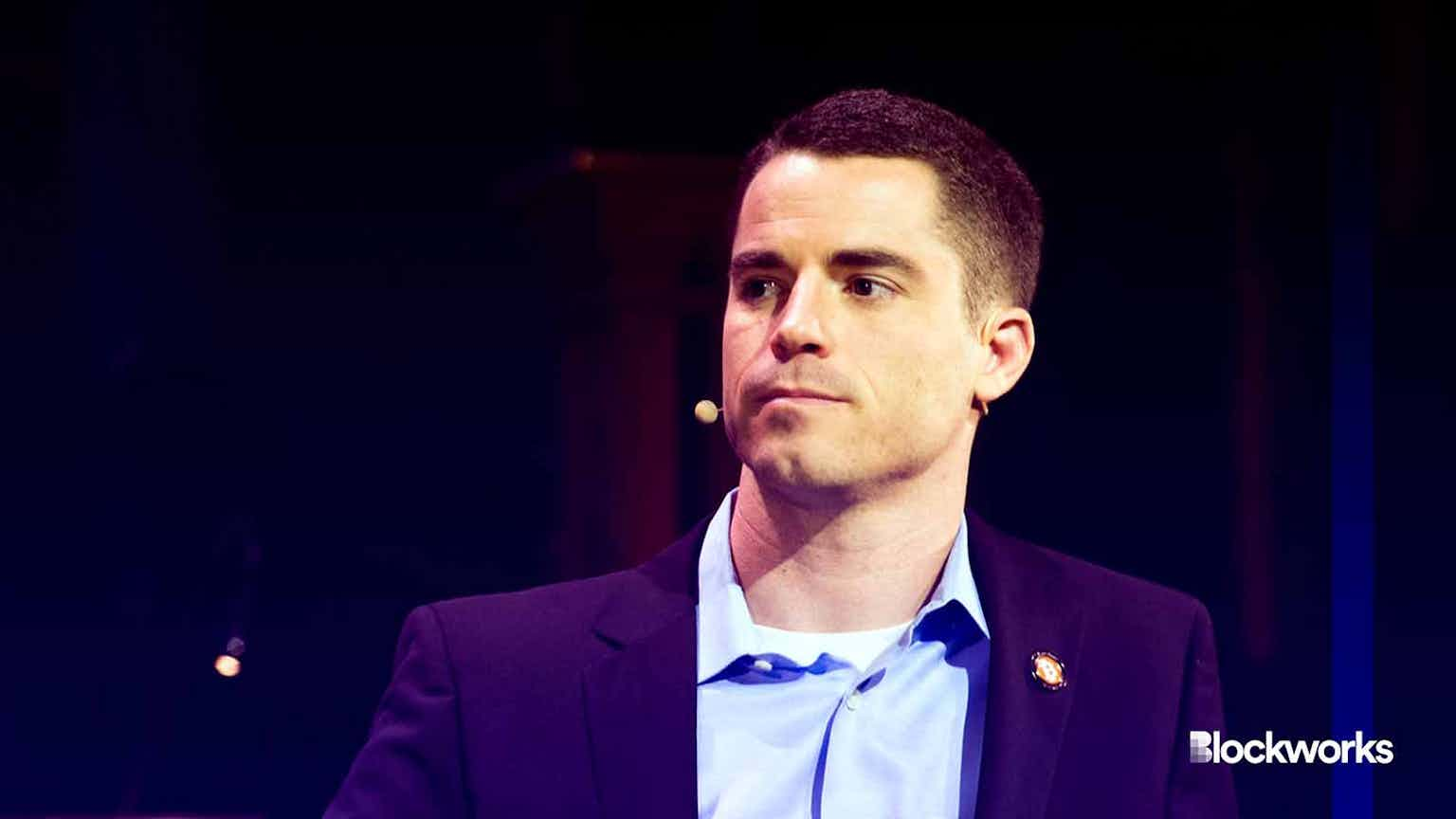Stablecoins Are Crypto’s Killer App So Far – Just Not Terra
Stablecoins have been responsible for great transactional autonomy, Castle Island Ventures’ Nic Carter told the Permissionless crowd. “No government is going to give that to us.”

Blockworks Exclusive Art by Axel Rangel
key takeaways
- Permissionless panelists agreed that algorithmic stablecoin Terra’s doomed design was reckless
- Terraform Labs founder Do Kwon was originally scheduled to appear on-stage alongside his critics
Circle redeemed $7 billion worth of USDC last week as markets reacted to Terra’s demise — highlighting how critical stablecoin collateralization is during intense volatility.
The Boston-headquartered stablecoin issuer redeemed $61 billion last year, Circle’s vice president of product management Joao Reginatto said during a panel discussion at Blockworks’ Permissionless event in Palm Beach on Wednesday.
That means Circle processed more than 11% of its total redemptions for an entire year in just one week — a week that saw $280 billion drained from cryptocurrency’s total market capitalization.
Other panelists included Castle Island Ventures’ Nic Carter, Visa’s head of CBDC and protocol Catherine Gu, MakerDAO lead developer Sam MacPherson, and Frax founder Sam Kazemian. Terraform Labs founder Do Kwon was originally scheduled to appear on the panel.
“Our model is super boring, it’s very, very simple: full collateralization,” Reginatto said. “Customers bring a dollar, we give them 1 USDC, we keep that dollar. They bring USDC, we give them back a dollar.”
Circle’s approach is in stark contrast to Terraform Labs’ failed algorithmic stablecoin TerraUSD (UST). Circle backs USDC with a mix of cash and US Treasurys, while UST sought to maintain its dollar peg via arbitrage and a complicated minting and burning process involving a secondary token, LUNA.
Terra was crypto’s ticking time bomb
Terraform Labs’ bombastic founder Kwon had tried to reinforce UST’s viability by amassing more than $3 billion in bitcoin. This wasn’t technically collateral to back UST, but crypto to be spent on “defending” the stablecoin’s peg if it started to shake.
Still, UST collapsed from $1 to as low as $0.04 earlier this month. LUNA, on the other hand, fell from more than $86 to a fraction of a cent. More than $46 billion had been vaporized from UST and LUNA’s combined market capitalization in just four days.
“Luna/Terra was clearly the largest ticking time bomb [in the crypto space], certainly the most fragile project,” Carter said.
Carter described Terra’s non-collateralized design as “reckless financial engineering,” and labeled its demise predictable for those who “had a bit of perspective.” Terra’s algorithms were veiled in complexity, even deliberately so, making it difficult for onlookers to investigate and understand how they were supposed to work.
“People couldn’t speak out against it because [Kwon] was so vocal on Twitter. There was a sense that you don’t want to offend your industry peers who had invested in Terra — there were enormous incentives to not investigate,” Carter added.
MakerDAO lead developer MacPherson agreed that Terra’s design was reckless, “pretty much from the start.” UST’s implosion emphasized the need for stablecoins to be collateralized, MacPherson said. It’s why MakerDAO chose to overcollateralize its stablecoin DAI (currently by 164%), “so that users can be certain they can always trade DAI for a dollar.”
Stablecoins are crypto’s killer app
Panel host Kate Rooney of CNBC asked Visa’s Gu how the finance giant felt about the Terra fiasco. Gu said Visa wants “interesting use-cases” and its focus in the stablecoin space is on fiat-backed digital currencies. Visa also studies projects that utilize on-chain collateral — a fancy term for crypto-backed stablecoins such as MakerDAO’s DAI.
“We must think about how these different projects are being constructed — safeguards and standards are important for consumers, retail investors and institutions alike,” Gu said.
It’s important to understand how stablecoin reserves are audited and who models and tests their systemic risks, she said, stating that “even the safest assets can have risk.”
Frax founder Kazemian agreed, despite his stablecoin’s reliance on a fractional algorithm to maintain its peg — although it’s designed somewhat differently to Terra’s UST. Frax is currently 89% collateralized, with the remaining 11% maintained by algorithms that generate value by interacting with various decentralized finance (DeFi) protocols.
Kazemian said: “This is why Frax’s collateralization is entirely on-chain. Its collateralization is adjusted by an algorithm, and you can see the amount of debt and liquidity across lending markets. You can’t just do a lot of these things and hope for it to work out for the best: You paint a target on your back.”
Some believe that CBDCs (central bank digital currencies) could one day fill the gaps in the stablecoin market. Visa’s Gu cited a recent Bank for International Settlement study that found nine out of 10 central banks are researching and actively experimenting with CBDCs. Unlike stablecoins, CBDCs will have the same status as other central bank money, that is, full convertibility to other forms of legal tender currency.
MakerDAO’s MacPherson didn’t have strong opinions about CBDCs, but if they come on-chain they could potentially serve as collateral for decentralized stablecoins, he said.
Circle’s Reginatto was a little less positive.
“Central banks don’t come across as the type of organization that could operate these mechanisms at scale,” he said. “Frax, Maker, Circle, these are very complicated to operate.”
Reginatto also explained that Circle believes in the permissionless nature of public blockchains, stating that the firm never signed a deal with Maker and Frax, but both projects leverage USDC to collateralize their tokens.
But the most scathing critique of the CBDC concept came from Carter, who labeled stablecoins “an incredible consumer product.”
“Stablecoins are crypto’s killer app so far, no question. They’ve been responsible for great transactional autonomy,” Carter said, before stressing that privacy is incredibly important when it comes to cash in a digital context. Policymakers are considering the privacy pitfalls of putting digital dollars on an immutable ledger, but Carter was skeptical that they would ultimately choose to emulate the relative anonymity of cash.
“No government is going to give that to us, no CBDC plan is sincere about that…We have to look at the stablecoin sector for that.”
Start your day with top crypto insights from David Canellis and Katherine Ross. Subscribe to the Empire newsletter.





